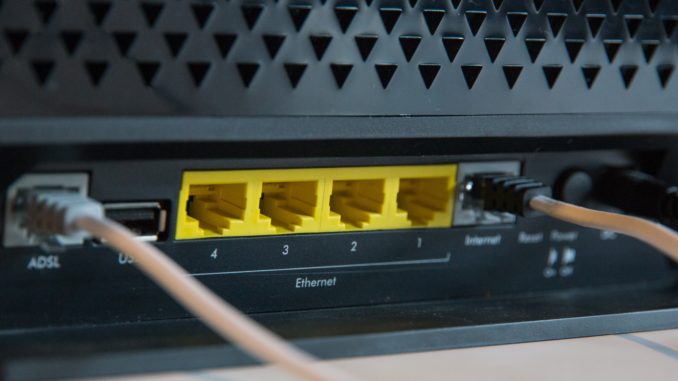
Your broadband contract may advertise speeds of up to 100mbps but do you really know what you’re getting? In a new guide, we look at how you can test your broadband speed – and what to do if it’s not performing
A broadband connection is the lifeblood of a modern practice, with almost everything now done online. Your practice may have signed a contracts that promises to deliver a high-speed broadband connection, but a 2017 Which? report suggests that providers may be exaggerating broadband speeds by up to 62%. The research collected data from over 700,000 broadband customers and found that over half (52%) experienced median speeds at least 10% lower than those advertised by providers. It’s likely that many practices, in common with residential customers, are shelling out for a service that they’re just not getting. The only way you’ll know for certain is by testing it.
Testing broadband speed
Testing the speed of your broadband is a simple process; a whole host of online websites offer the service. Simply log on to one of these websites and follow the instructions.
Popular speed test sites include:
It’s important that you use a wired connection to your router when you do the test. Any test done over wifi won’t give you an accurate reading because wifi connections are slower, and less reliable, than wired connections.
What speed am I getting?
Most wifi speed tests measure three things:
- Ping rate
The ping rate measures the time it takes to send a ‘packet’ of information from one machine to another and back again. It tests how quickly your network receives responses to any requests it sends out. - Download speed The download speed is often what matters most; it checks how fast data is downloaded to your computer, something it measures in megabits per second (Mbps). In most cases, this is the speed advertised by providers.
- Upload speed The upload speed is how quickly you can upload data. This is an important metric for practices, many of which will use cloud-based software to share information.
What results will I get (and what should I do with them)?
The speed checker sites will provide you with readings that you can use to compare with your contract. It’s important to run multiple tests to give you an accurate picture of performance. In the past, many consumers were let down by adverts promising super speeds, only to find that these were maximum limits achieved by just 10% of customers. New advertising regulations make it clear that the advertised download speeds must now be achieved by at least 50% of customers during peak times (8pm – 10pm). This means that if you are consistently failing to achieve the advertised speeds then there may be a problem.
However, before picking up the ‘phone to complain it’s worth noting that the provider isn’t solely responsible for the speed of your connection. In fact, the speed of your broadband can be affected by a whole range of factors, including your distance from the exchange, the quality of cabling, the time of day and the quality of your router. If you’re experiencing particularly slow speeds, it’s worth chatting with your provider or a network expert to identify any issues that may be affecting your broadband.
If you’ve failed to identify any internal issues affecting performance, and have raised the issue with your provider but speeds haven’t improved, it may be worth considering stronger action. As a business, you’re protected by the same rights as consumers. If a provider is consistently failing to deliver the broadband speed you are paying for, you have a right to complain – and, if they fail to rectify the solution, to cancel your contract.
Don’t forget to follow us on Twitter, or connect with us on LinkedIn!

Be the first to comment